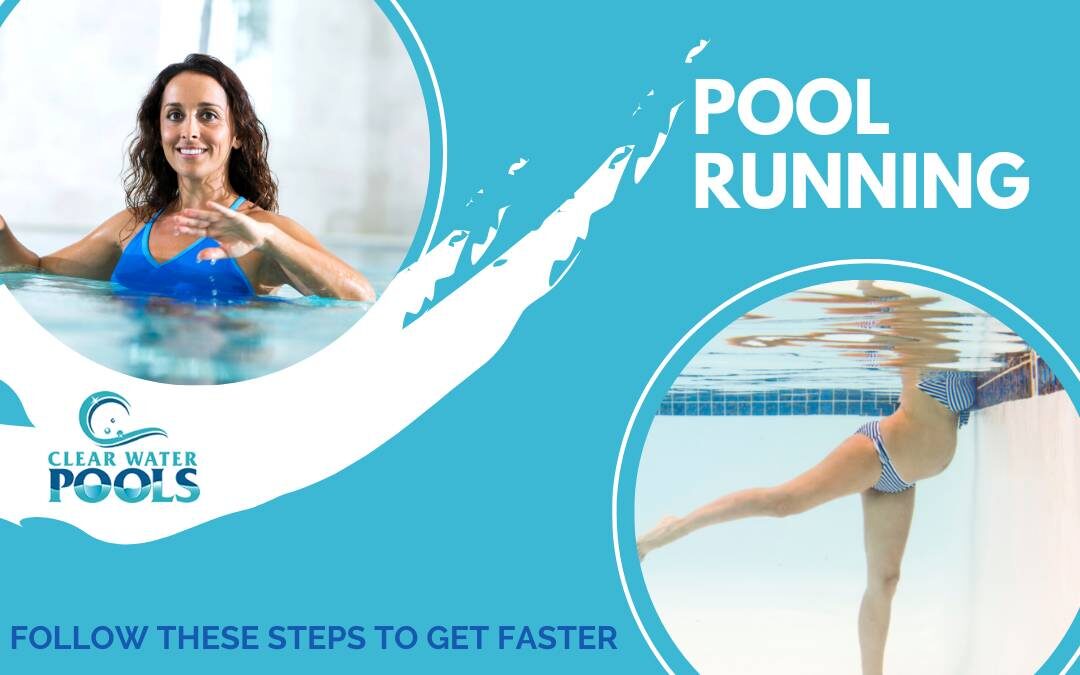Pool Running Is One Of The Best Cross-Training Exercises For Runners. A Healthy Runner Can Use It As An Addition To Their Regular Training And Injured Runners Can Use It As An Alternate Form Of Exercise That Carries A Very Low Risk Of Injury.
Here are some great reasons why you may consider running in the pool as a workout alternative.
1. You’ve Been Injured
Anyone who exercises regularly understands that injuries are a part of the process. However, most people do not like to spend time recuperating. After all, avoiding exercise for extended periods can bring about a diminished level of results.
With pool running, you can continue your training regime without re-injuring your body. In the case of an injury to your foot, for example, you are unable to run on land. In certain types of pool running, however, you can still achieve the benefits of the workout without re-injuring yourself.
2. Minimize the impact
Running or jogging on land causes your body to take a hit every time your feet hit the pavement. You can get injured if you exercise too much, since it stresses your bones, muscles, and joints. Due to the buoyancy of the water, most of the impact of running in the pool goes away since the water reduces body weight by 90% when you’re in it.
For people with bad knees, arthritis, osteoporosis, or pregnant women who want to continue working out without the harsh impacts of land running, this is a fantastic alternative.
3. Work Your Muscles More
Running on land uses mainly your lower body muscles, but swimming uses almost all your muscles. This is because aqua running offers water resistance. As an example, you don’t have to use your arms, abdominals, or back muscles when running on land. Running through water, however, uses all these muscles.
4. Use Resistance
Think of pulling a parachute on your back while jogging on land against a strong wind. I think you get a pretty good idea of how resistance works when pool running. Your breathing rate will increase, your heart rate will improve, and your muscles will become stronger as they struggle against the water’s resistance.
5. Burn More Calories
Aqua running burns 3.5 more calories per minute than land running because of the resistance and because pool runners also work their upper bodies. (Land runners burn 8 calories per minute; pool runners burn 11.5 calories per minute.)
A Comparison of Two Pool Running Methods
You can choose between no-impact and low-impact pool running if you like the idea of pool running. Both options are excellent, but the second option is more challenging and will result in a more intense workout.
Running Pool Bottom
A low-impact exercise you can do in your pool is running on the bottom of the pool with your feet touching the bottom. Get in the water and begin jogging in it if you are standing in hip-deep to chest-deep water. If you want to reap the full benefits of jogging, remember to pump your arms.
It is up to you how many laps you want to jog each day, or how long you want to spend each day jogging. You may set a timer as you jog and try to improve your speed with each lap.
Deep Water Running
Run in deep water if you prefer a low-impact workout. The deep end of the pool is ideal for doing this type of workout as your feet will not touch the bottom. Float by wearing an aqua belt or using a floating device.
Allow your legs to pull you around the pool as you make a jogging motion with them. This method will make you go in a circle, so you should aim to time your exercises instead of counting the laps.
Does Pool Running Fit Your Lifestyle?
Only you can determine what type of jogging or running workout is best for you. The benefits of swimming and pool running outweigh those of land running, but you should consult your doctor before you start any exercise routine.





